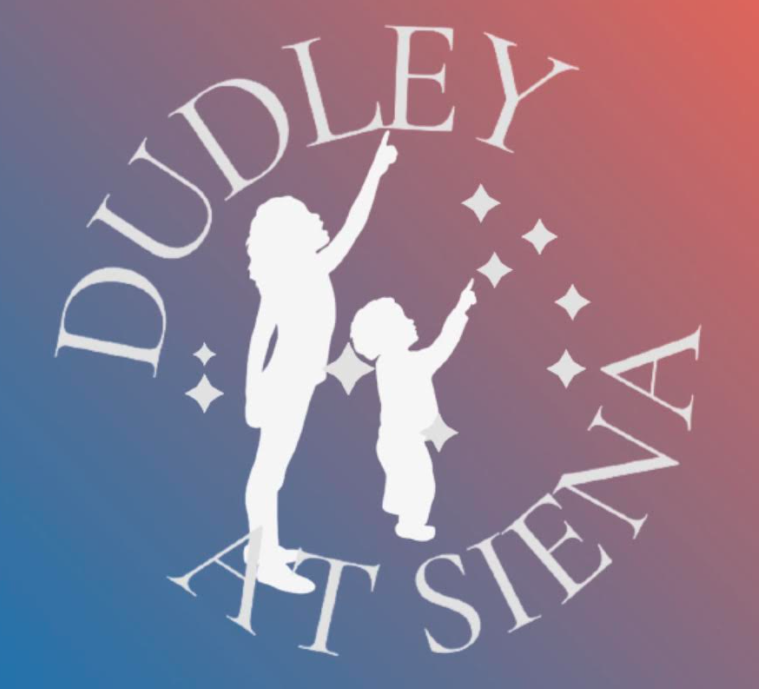Skywatch Line for Wednesday and Thursday, November 13 and 14, 2024, written by Alan French
This is Dudley Observatory’s Skywatch Line for Wednesday and Thursday, November 13 and 14, 2024, written by Alan French.
The Sun rises at 6:45 A.M. on Wednesday and sets at 4:33 P.M. On Thursday it rises at 6:47 and sets at 4:33. This Thursday has just over 16 minutes less daylight than last Thursday.
The Moon reached first quarter early last Saturday and is now moving toward full. On Wednesday at 5:30 P.M. a 95% sunlit, waxing gibbous Moon will be 26 degrees above the eastern horizon. At 9:55 P.M. the Moon will be due south and 60 degrees above the horizon. At 5:30 P.M. Thursday the Moon will be almost 99% in sunlight and 20 degrees high toward the east. The Moon will transit at 10:50 P.M. when it will be 66 degrees above the southern horizon. The Moon reaches full, the Beaver Moon, late Friday afternoon. Since the Moon was at perigee at 6 A.M. Thursday, its closest point to Earth, the full Moon will be considered a supermoon, appearing slightly larger than an average full Moon.
The Internation Space Station (ISS) returned to the evening sky on Tuesday and will be visible in the evening through December 6.
Wednesday’s pass of the ISS is unusual. It occurs when the Sun is well below the horizon and the Earth’s shadow takes up most of the sky overhead, so only a short part of the space station’s path across the sky is in sunlight. You will need a view to the southwest to see the ISS.
At 6:43 P.M. Wednesday the top of Sagittarius will be about 6 degrees above the southwest horizon and the space station will be moving up through it toward the east. By 6:44 the ISS will be easy visible in the southwest, about 14 degrees above the horizon. Just after 6:45 it will move into the Earth’s shadow and fade from view.
Thursday’s pass of the ISS is earlier and we get to see it cross most of the sky. It will pass low across the southern sky. Look for it coming up in the south southwest between 5:53 and 5:54 P.M. When satellites first appear and are low in the sky they are moving mostly toward us, so their motion is not obvious. Their light is also dimmed by its passage through a thick layer of atmosphere. As they move higher their motion becomes more apparent and their brightness increases.
Just after 5:55 the space station will begin passing through Capricornus toward the south. At 5:56:37 (HH:MM:SS) it will pass close to Saturn, 36 degrees above the south southeastern horizon. It will then pass below the Great Square of Pegasus. Soon after, shortly after 5:37:30, the ISS will move into the Earth’s shadow and fade from view.
